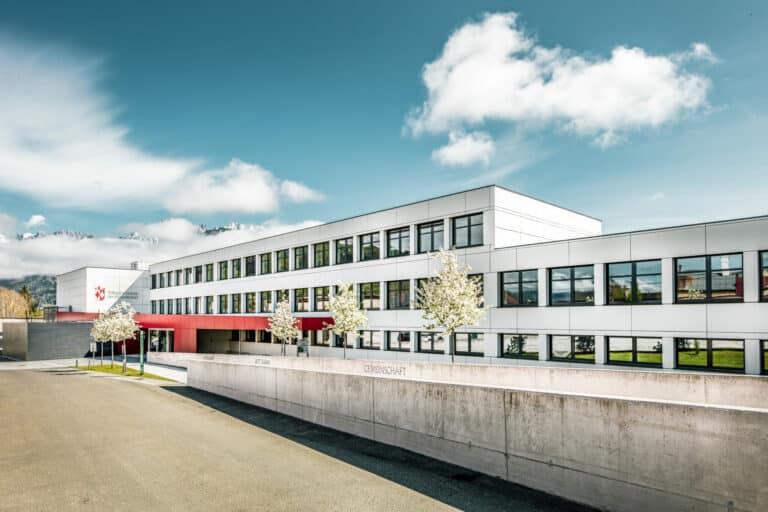

AD MULTOS ANNOS!
Admont Abbey
1074 – 2024
The office of the person responsible for economic matters can already be found in the Rule of St. Benedict of Nursia. In the Rule this person is known as the cellerar. So, although it was written 1500 years ago, the Rule still provides us with important impulses for entrepreneurial management culture today. In the jubilee year 2024, the groundbreaking importance of this rule for the value-oriented management of our company will become even more apparent. The Benedictine Abbey of Admont has been a spiritual, cultural and economic centre for 950 years now. This cannot be taken for granted! There have been good times and bad, even times close to ruin. And we are grateful to be able to say today: Admont Abbey is in good shape. It looks to the future with confidence - even in periods of upheaval and crisis-related challenges.
What is Admont Abbey about today from an economic perspective? Admont Abbey has to operate and maintain a wide variety of activities. Ora, labora et lege. Pray, work, and read. In addition to glorifying God in prayer, pastoral care is the fundamental mission of the Benedictines of Admont Abbey. At its core is traditional pastoral care, which includes the care of the 26 parishes by the monks. Other important tasks are found in traditional social responsibilities. These include social services, culture and education, which are closely linked to the museum and the grammar school. And finally, there is social care important to modern society. This dimension of social care finds its expression in the numerous commercial enterprises (Admonter AG, ENVESTA, STIA Immo, forestry, the nursery, tourism related businesses, the DVERI PAX winery, etc.).
Admont Abbey provides a secure livelihood for over 500 employees and their families and attracts around 60,000 guests every year. It acts as a driving force for an entire region and far beyond. These many tasks must be financed. And this must be done with a view to the responsible use of existing resources and the people living in and around the monastery. With a view to the big picture, it is important to maintain a balance between cost awareness and profit-orientation, sustainability, and economic efficiency.
And what does Admont Abbey do with the profit it has made thanks to its economic efficiency? It goes back into the economic cycle. That is, it is reinvested in the numerous areas and businesses. It flows into research, development, and innovative expansion. It is used to ensure the continued existence of the monastery and the monastic community. It is put to far-sighted use with one major goal: to be able to pass on the legacy of all this to future generations. Today, Admont Abbey is perceived as a complex monastic organism and, indeed, a living monastery.
Congratulations on your 950th birthday!
Ad multos annos!
Franz Pichler
Director of Business & Financial Affairs, Admont Abbey






















